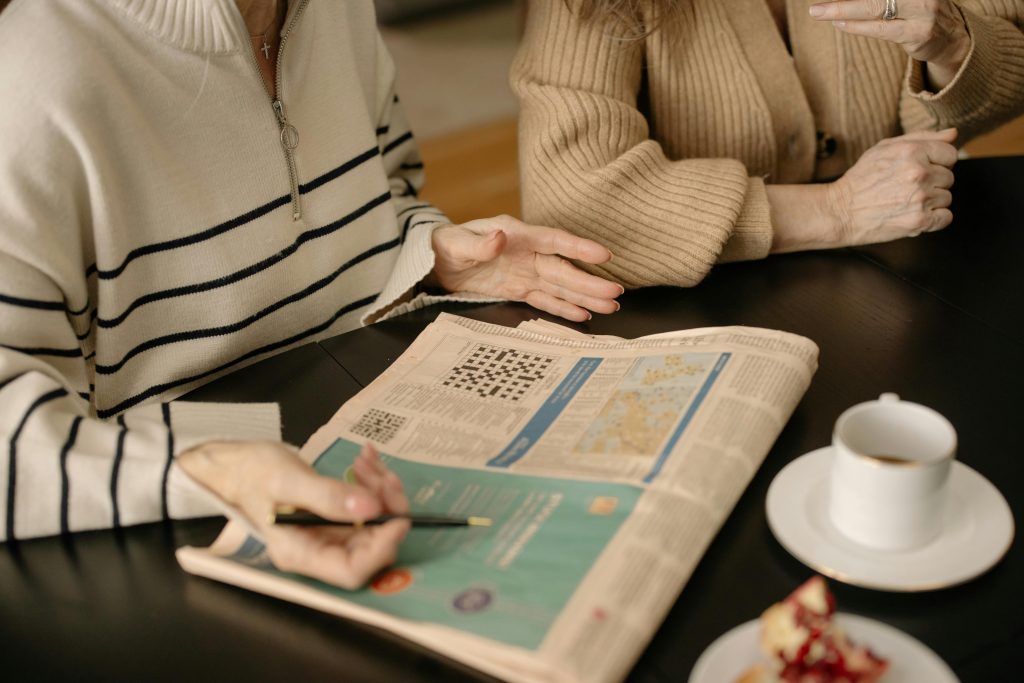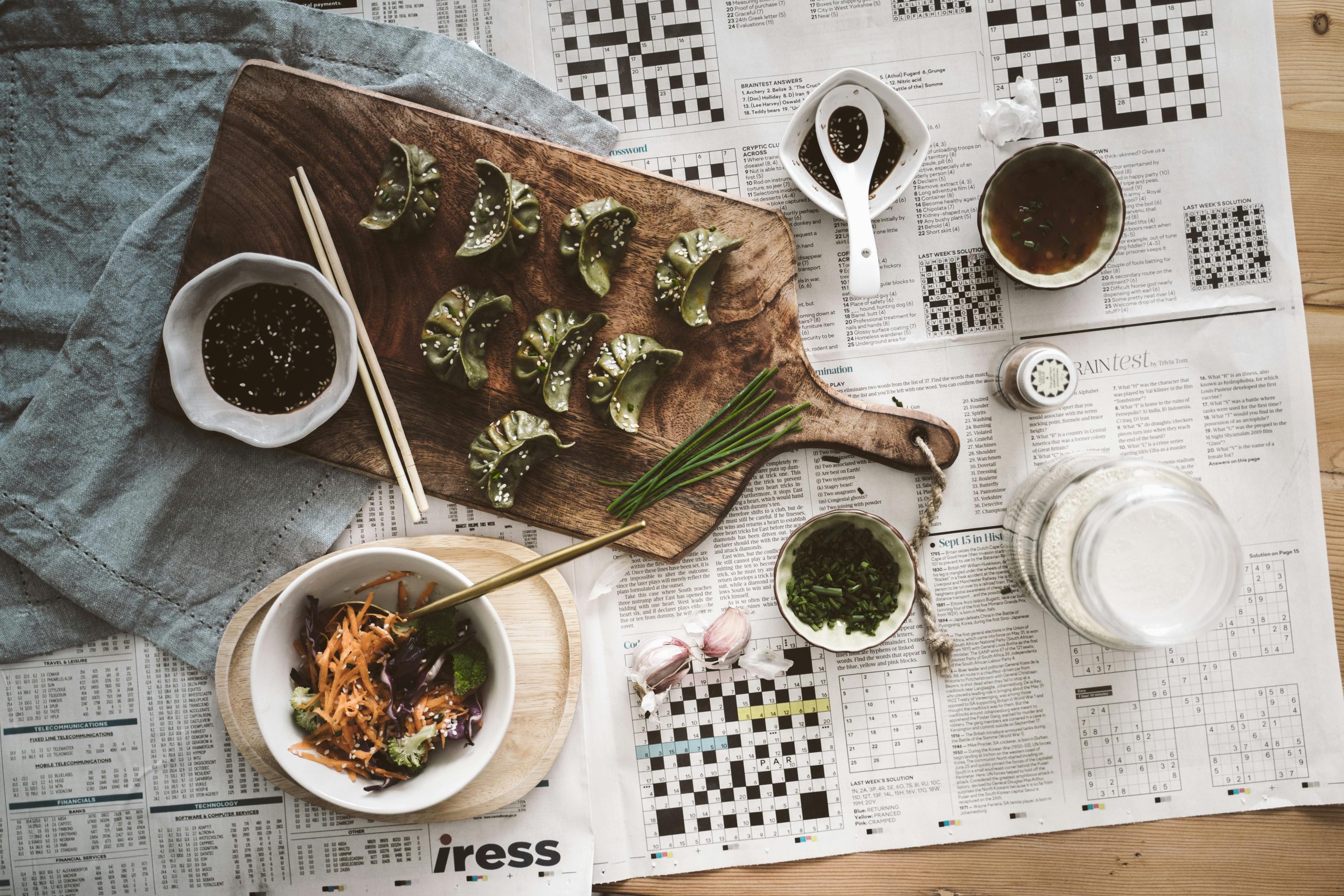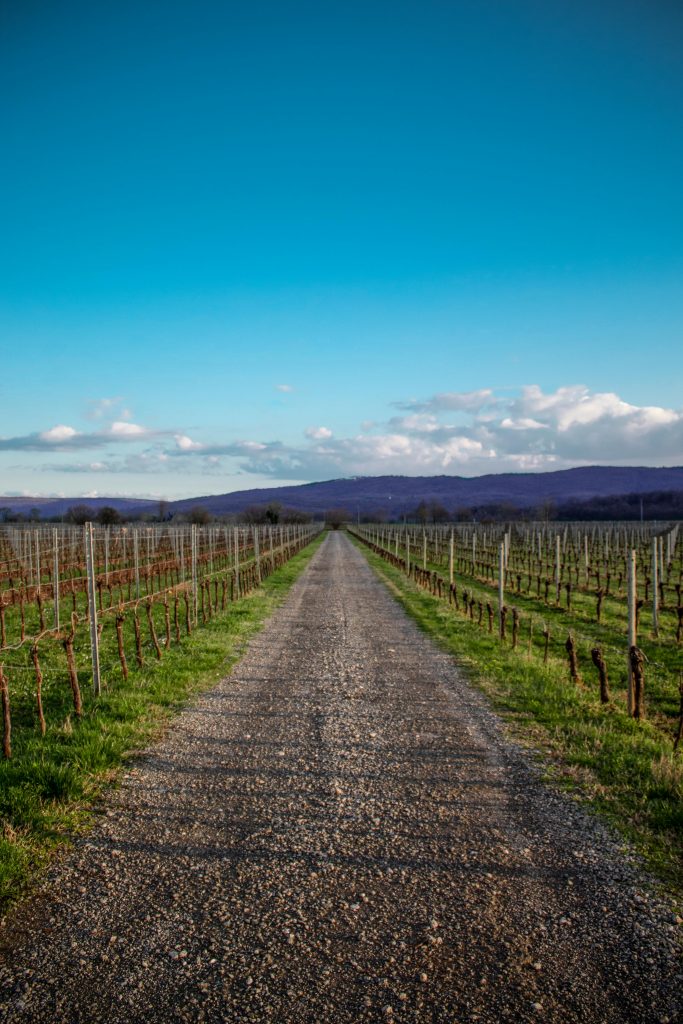
Ever been stumped by a crossword clue like “Wine shop (6)” or “Where to buy Bordeaux (7)”? If so, you’re in good company. Wine-related crossword clues can be oddly tricky—partly because they often rely on cultural slang or regional lingo.
If you searched for “wine shop crossword clue,” this article will help you crack the code. Let’s walk through the most common answers, what they mean, and how to approach these clues next time they pop up in your puzzle.
What Does “Wine Shop” Mean in a Crossword Puzzle?
When a crossword clue says “wine shop,” it’s usually looking for a short, general term for a place that sells wine. But here’s the kicker: crossword constructors love variety and regional flavor, so the answer can shift depending on the puzzle’s origin.
That’s why one clue might point to “STORE,” while another might want “BODEGA” or even “OENO.” Let’s explore the most common possibilities.

Most Common Answers for “Wine Shop” Crossword Clue
Here’s a handy table with fact-checked answers based on actual crossword appearances. Each term fits the clue “wine shop” depending on the number of letters you’re working with:
| Clue Example | Letter Count | Answer | Why It Works |
|---|---|---|---|
| Wine shop (4), Wine Science | 4 | OENO | Short for “oenology” (wine science). A crossword favorite for its vowel mix. |
| Wine shop (5), Retail | 5 | STORE | A generic, catch-all word for a retail shop. |
| Wine shop (5), Wholesale | 5 | DEPOT | As in “wine depot”—a shop or wholesale-style store for wine. |
| Wine shop (6), Wine Storage | 6 | CELLAR | As in “wine cellar”—used commercially for wine boutiques or storage shops. |
| Wine shop (6), Spanish | 6 | BODEGA | Spanish for a small store that often sells wine; also common in NYC slang. |
| Wine shop (6) | 6 | BOTTLE | Short for “bottle shop,” especially in the UK, Ireland, and Australia. |
| Wine shop (7) | 7 | LIQUORS | Refers to liquor stores in the U.S. that typically also sell wine. |
| Wine shop (7), Spanish, Portuguese | 7 | TABERNA | Spanish or Portuguese word for tavern—a wine-drinking establishment. |
| Wine shop (3) | 3 | BAR | Misleading but occasionally used; crossword creators love a sneaky clue. |
Regional Clues = Regional Answers
The answer often depends on the puzzle’s country of origin. Here’s what to expect based on regional style:
- U.S. Crosswords
Tend to use words like STORE, LIQUORS, DEPOT, or BAR.
Example: New York Times, LA Times. - UK & Irish Crosswords
You might see BOTTLE, CELLAR, or even OFFIE (British slang for “off-licence”).
Example: The Guardian, The Times. - Australian Crosswords
Common terms include BOTTLE or BOTTLEO (Aussie slang for bottle shop).
Often seen in local or cryptic crosswords. - Spanish or Portuguese Language Crosswords
Likely answers include BODEGA or TABERNA, depending on the context.
So always keep an eye on where the crossword was published—that’s often half the battle!

Wait—What’s “OENO”?
If you’ve ever seen OENO or OEN and thought “that can’t be right,” you’re not alone. These terms come from oenology, which is the science and study of wine.
Crossword constructors love these because:
- They’re short
- They have lots of vowels
- They work as filler in tight grid spaces
You’ll often find OENO clued as “wine shop,” “wine science,” or “wine prefix.” It’s niche, but it’s fair game.
Other Clue Variations You Might See
Crossword clues rarely say “wine shop” plainly. Here are some twists and variations that mean the same thing (and might use the same answers):
- Where to buy Bordeaux
- Pinot provider
- Red wine retailer
- Wine seller
- Oenophile’s stop
- Place for a bottle
So even if the clue doesn’t say “wine shop,” keep an open mind—especially if the surrounding letters are lining up with something like STORE, CELLAR, or BODEGA.
Tips to Crack Wine-Themed Clues
Want to sharpen your wine-word solving skills? Here are a few fast tips:
- Match the letter count first. This filters out wrong answers quickly.
- Use the crossing letters. If you have even one or two, it narrows options fast.
- Consider synonyms and slang. Think beyond the obvious.
- Be aware of region-based terminology. British clues won’t usually use American slang.
- Know your wine words. OENO, VIN, RÉSERVE, and NOIR all pop up often.

Why Wine and Crosswords Pair So Well
Wine and crosswords are both about discovery. Both invite you to slow down, think, and enjoy a little mental or sensory pleasure. And just like wine, crossword clues come with depth—there’s always more under the surface than meets the eye.
So next time you’re solving a puzzle and see “wine shop,” think about more than just the obvious. Could it be CELLAR? Could it be BODEGA? That moment of revelation is part of the fun.
Final Drop
Whether you’re a crossword newbie or a seasoned solver, wine clues are always a little treat—especially when they introduce you to a new word or term. From OENO to TABERNA, the world of wine shops in crossword puzzles is full of flavor and wordplay.
So grab a pencil (or a glass), and enjoy the puzzle.
For more wine-themed crossword help, head over to our dedicated clue-solving corner: Wine Crossword Clues.


























